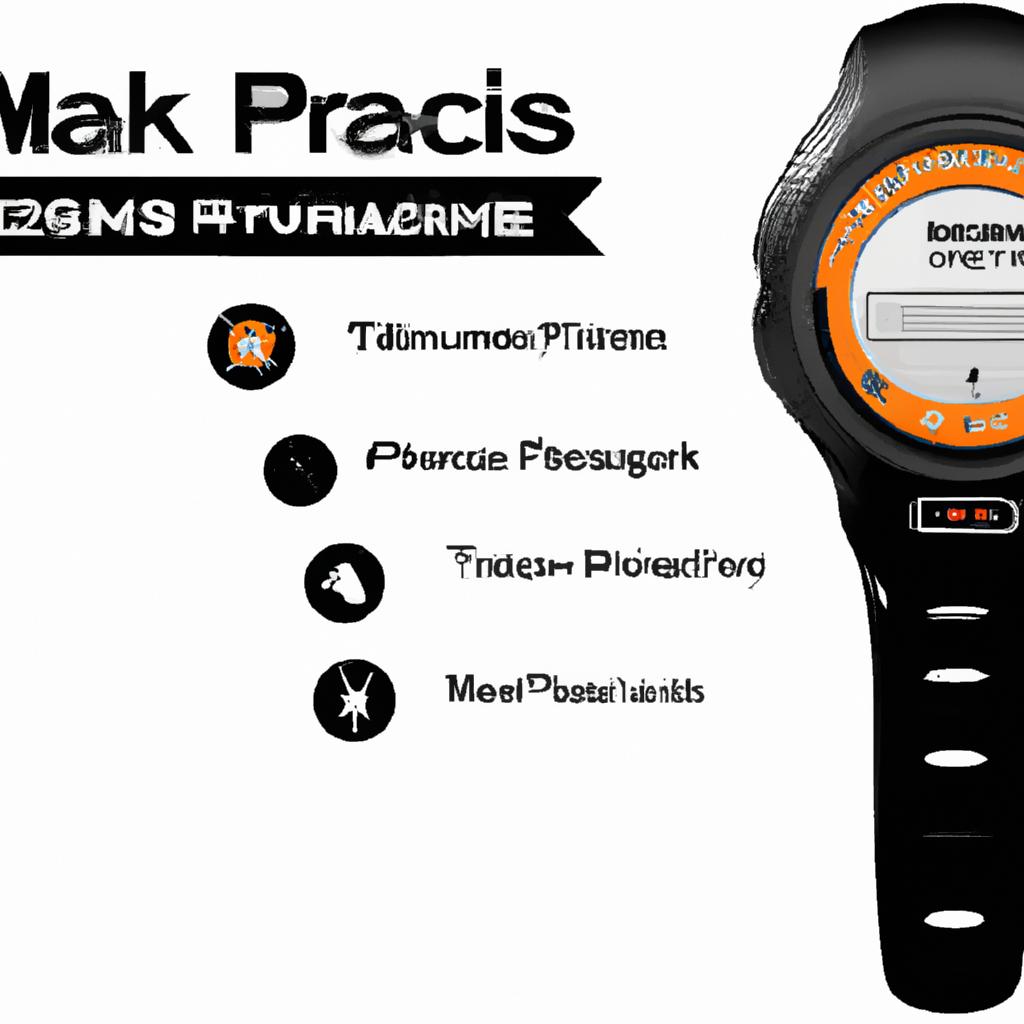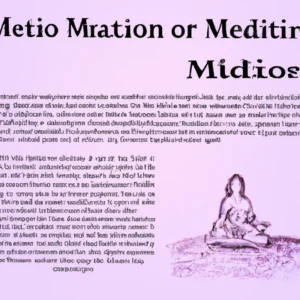**”Maximizing GPS Watch Features for Ultra-Endurance Events: How to Optimize Tracking for Distance, Pace, and Elevation Changes”**
Maximizing GPS Watch Features for Ultra-Endurance Events: Optimize Tracking for Distance, Pace, and Elevation Changes
Ultra-endurance events challenge athletes uniquely. Participants push their limits in distance, pace, and elevation changes for hours or days. A GPS watch serves as an essential tool, providing insights into performance, navigation, and strategy. However, many athletes underutilize its features, missing opportunities to enhance performance. This blog post explains how to maximize GPS watch capabilities for ultra-endurance events.
Understanding GPS Watch Features
To optimize features, first understand what your GPS watch offers. Most models track distance, pace, and elevation changes. They often include heart rate monitoring, navigation, and training plans. Accessing and utilizing these features can enhance your performance during ultra-endurance events.
Tracking Distance
Accurate distance tracking is crucial in ultra-endurance events. Your GPS watch calculates distance using satellite signals. To optimize this feature, calibrate your watch before your event. First, run a known distance and compare it to your watch’s reading. Adjust settings if discrepancies arise. Regular calibration keeps your watch accurate over time.
Maintain a clear view of the sky during your run. Trees, buildings, and tunnels can obstruct signals, leading to inaccurate readings. In areas with dense tree cover, choose a watch that combines GPS data with other sensors for improved accuracy.
Monitoring Pace
Maintaining a steady pace is key in ultra-endurance events. Your GPS watch provides real-time pace metrics. Use pace alerts to stay on track; for instance, your watch will notify you if you run too fast. This feature prevents burnout and conserves energy for later stages.
Review your pace data after the event to reveal trends in your performance. For example, if your pace drops significantly in the race’s latter stages, adjust your training to include more endurance-focused workouts.
Elevation Changes and Their Importance
Elevation changes add complexity to ultra-endurance events. Many GPS watches track these changes through barometric altimeters or GPS data. Understanding how to use this information enhances your race strategy.
Planning for Climbing and Descending
Familiarize yourself with your event’s elevation profile ahead of time. Analyze steep sections and plan your energy expenditure. During climbs, pace yourself to conserve energy, using a run-walk strategy on steep inclines. Conversely, take advantage of descents to regain speed and recover.
Your GPS watch can help you identify these areas during the race, allowing you to adapt your strategy.
Conclusion
This post summarizes insights on maximizing GPS watch features for ultra-endurance events. Use these tips to enhance your performance and experience.
Below are related products to the topic if you’re interested:
FAQ
What should I do to ensure accurate distance tracking on my GPS watch?
To ensure accurate distance tracking, calibrate your GPS watch before your event. Start by running a known distance and comparing it to your watch’s reading. If discrepancies arise, adjust the settings accordingly. Regular calibration is essential to maintain accuracy over time. Additionally, try to maintain a clear view of the sky during your run, as obstructions like trees and buildings can interfere with satellite signals.
How can I effectively monitor my pace during an ultra-endurance event?
Your GPS watch provides real-time pace metrics that are crucial for maintaining a steady pace. Utilize pace alerts to help you stay on track; these alerts will notify you if you are running too fast, which helps to prevent burnout. After the event, review your pace data to identify performance trends and adjust your training as needed, focusing on endurance workouts if your pace drops in the later stages of a race.
Why is it important to track elevation changes in ultra-endurance events?
Tracking elevation changes is important because they add complexity to ultra-endurance events and can significantly affect your performance. Many GPS watches track elevation using barometric altimeters or GPS data. Understanding your event’s elevation profile allows you to plan your energy expenditure effectively, pacing yourself during climbs and taking advantage of descents to recover. This strategic approach















Post Comment